The historiography of the Hoosier capital begins with a “Historical Sketch of Indianapolis” prepared by for (1857). In his preface, Howard called Brown’s effort “the only history written of Indianapolis since its settlement” in the early 1820s. While cautioning that “want of space and want of time prevented full examination, and cut off opportunities for information,” Brown defended his work as “the most complete and accurate sketch of the history of the city yet published.” His focus was on the capital’s first 20 years and his narrative is replete with the community’s “firsts”—first marriage, first post office, first physician, and so on.
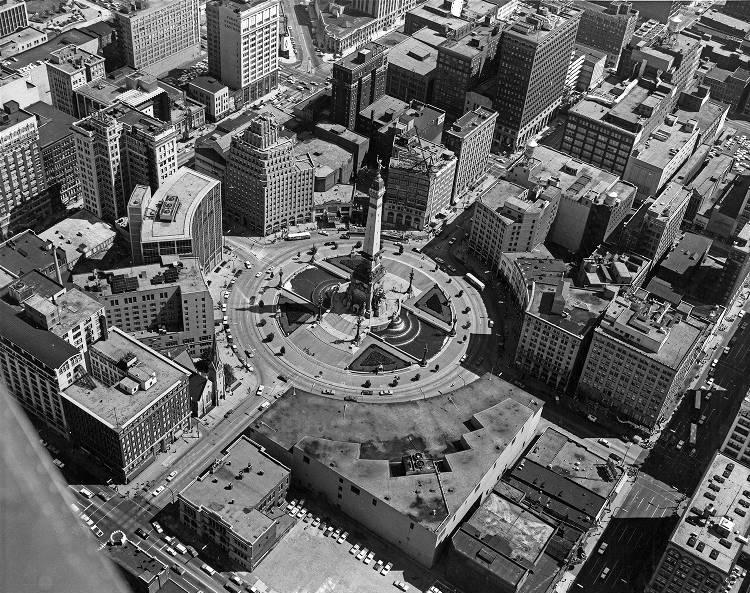
Brown expanded his manuscript a decade later and a 100-page “History of Indianapolis from 1818” appeared in (1868). This version, twice the length of its predecessor, carried the story into the post-Civil War years and added several tables that had not been included in the first edition (e.g., “Town Corporation Officers from 1832 to 1847”). Brown was the first historian of Indianapolis, but by no means the last, to acknowledge “the use of the files of papers collected and left by , from which, far more than from any other source, the facts were secured on which this article is founded.”
Brown’s work became a foundation upon which others built. admitted that he had made “free use” of Brown’s “excellent history” in his own (Indianapolis, 1870). But this work, appearing at the end of the frenetic Civil War decade, was a major advance in writing about the city’s history. Whereas Brown had produced what amounted to extended essays, Holloway had published a bona fide book. Almost 400 pages long, it contained both chronological and topical chapters, illustrations, statistical tables, and a rudimentary index. Like much 19th-century historical writing, there was often a boosterish quality to Holloway’s work—as when he referred in his preface to the progress of Indianapolis from “a village full of trees to a city full of the bustle of business.” And it is difficult to defend his description of Indianapolis, even in 1870, as the Railroad City. Still, if used with awareness of its occasional hyperbole, Holloway’s Indianapolis remains a valuable source for the city’s first 50 years.
The nation’s centennial celebration in 1876 unleashed a flood of historical writing that crested in the 1880s. In Indiana dozens of county histories were published during that decade. So, too, was one of the most well-known histories of the state’s capital, (Philadelphia, 1884). It is clear from his prefatory remarks that Sulgrove struggled to decide how best to organize the mass of material he wished to present; readers have struggled with his solution ever since.
The volume begins by presenting, as the author put it, “a general history of the city and the county up to the outbreak of the civil war, throwing together in it all incidents which have a natural association with each other or with some central incident or locality so as to make a complete affair of that class of incidents.” But for the city’s post-Civil War history he thought it best to abandon “the form of a continuous narrative… and divide it into departments.”
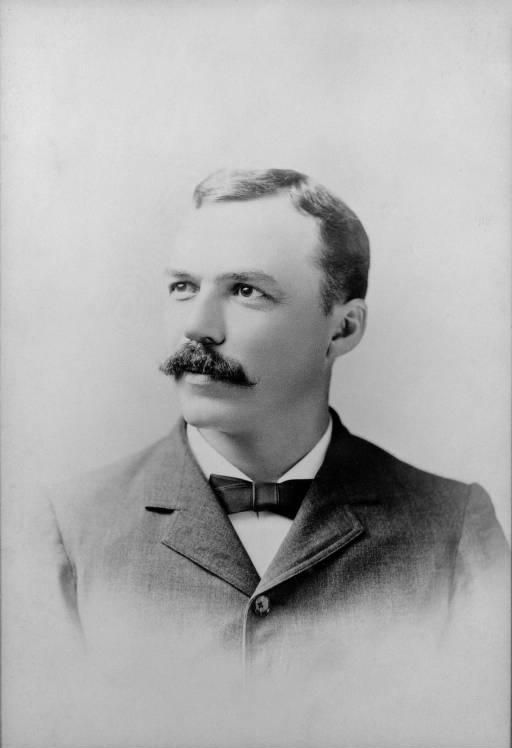
The awkwardness of this scheme, compounded by the lack of an index, makes the volume difficult to use. (A 1974 reprint edition with a name index, as well as an index to several Marion County histories prepared by the Works Progress Administration, mitigated the problem somewhat.) Sulgrove did break new ground by compiling a complete list of city and county officeholders (everyone from mayor to city janitor), as well as providing separate histories of all nine Marion County townships. His work remains indispensable to the serious student of Indianapolis’ 19th -century history.
Perhaps daunted by Sulgrove’s 666-page tome, no one attempted a full-scale history of the city for the next quarter-century. Then issued a two-volume set that remains the most frequently cited general history: (Chicago, 1910). Dunn—newspaperman, author, and secretary of the —explained the timing of his publication by noting that since the mid-1880s Indianapolis had “developed from an overgrown town to one of the leading cities of the country.” In addition, earlier histories had relied on Ignatius Brown, “errors and all”; Dunn claimed to have gone over “the entire ground… from the beginning, with consultation of original authorities, a number of which were not in reach of previous writers.” Finally, contrasting his work with Sulgrove’s, Dunn observed that he had placed the biographical entries in his second volume and that the organization of volume one was “strictly topical, the chapters being arranged as nearly in chronological order as practicable.”
Dunn consciously sought to give “especially full treatment” to “disputed questions.” He thus devoted an entire chapter to reviewing the evidence concerning the area’s first settlers. And he dealt with topics little examined by earlier chroniclers of the city’s past, such as ethnicity (“The Germans in Indianapolis”) and the development of the greater metropolitan area (“The Suburban Towns”).
The language in Dunn’s discussion of the city’s African American community may seem anachronistic or even offensive to modem readers—the chapter is titled “The Colored Brother”— but Dunn deserves credit for being the first historian to acknowledge that the city had an African American community. And while the biographical sketches appearing in volume two would hardly be judged “critical” treatments of their subjects by today’s standards, Dunn did compile a huge amount of material in a compact and usable format. In spite of its interpretive inadequacies, remains a significant achievement and a useful source for students of the city’s past.
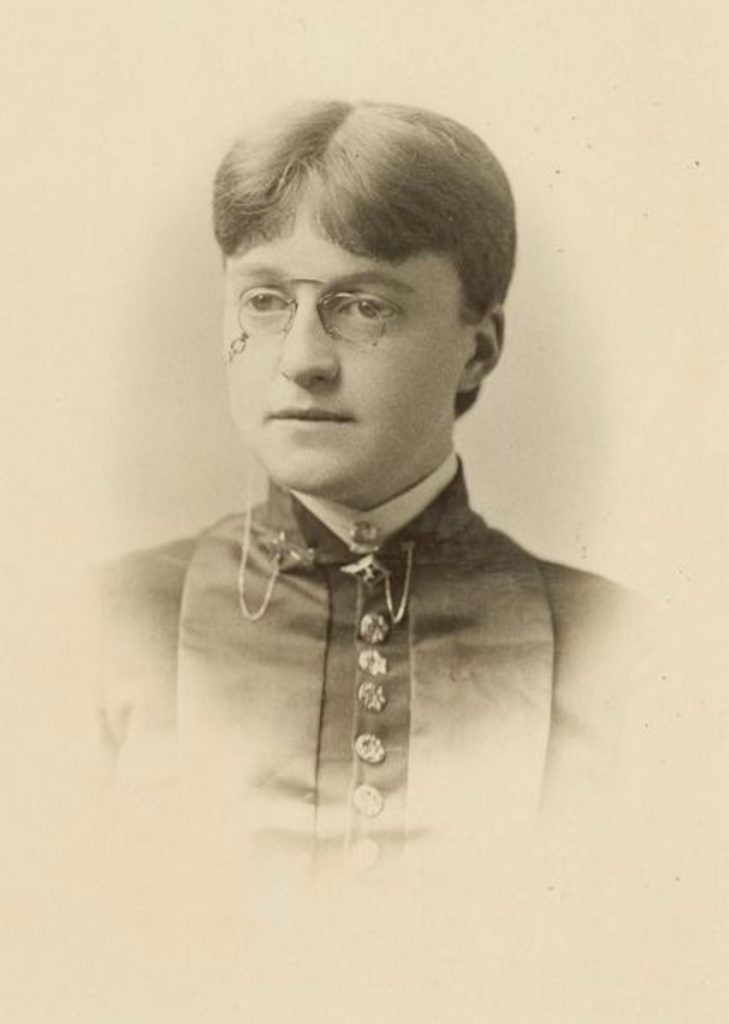
Less useful overall than Dunn’s volumes, but valuable for some topics, is and , (published as a companion volume to Logan Esarey, [Dayton, Ohio, 1924]). Written in a breezy style that reflects their experience as journalists, the authors’ treatment of the city’s history is notable for its lack of balance. For example, separate chapters on “The John Herron Art Institute” (a single institution) and “Schools and Teachers of Indianapolis” (a large and complex subject) are both the same length. On the positive side, Rabb and Herschell did address some subjects that had been little noted by their predecessors. Indianapolis artists and social service organizations, among other topics, first received extended treatment in their pages.
The account by Rabb and Herschell appeared just a few years after the capital’s centennial. The next one-volume narrative history of the city was not issued until 1971 when local publisher brought out Edward A. Leary’s for the community’s sesquicentennial. This relatively short and highly readable volume carried the story up to the implementation of . Its strength was its accessibility to the general reader; its weakness was the cursory treatment given to the years after 1930. Of the 232 pages of text, only 25 concern the period following the onset of the Great Depression.
Leary’s second book dealing with the city, (Virginia Beach, Va., 1980), also devoted relatively little text to the more recent decades. This volume is, however, one of the best collections of historical visual material concerning the city ever produced. It has recently been joined by George Hanlin’s well-chosen collection of (Nashville, Tenn., 2006). Another well-illustrated volume, one that combines both historical and contemporary photographs with a brief but thoughtful text, is George Geib’s Indianapolis: Hoosiers’ Circle City (Tulsa, Okla., 1981). Part of a formulaic series of community histories published by Continental Heritage Press, the book concludes with a series of one-page corporate “biographies” of those institutions that supported the publication. Similarly, Jeffrey Tenuth offers an overview of the capital’s history combined with multiple photographs in Indianapolis: A Circle City History (Charleston, S.C., 2004), a volume in Arcadia Publishing’s Making of America series.
The story of the city’s first 100 years is the focus of Hester Anne Hale’s , published in 1987 by the . Although the volume was organized primarily as a chronological narrative, Hale included several topical chapters that allowed her to explore some subjects in greater depth. “The Story of One Man,” for example, details the Indianapolis career of James Woodruff and his creation of . Likewise, “An Architectural Record” provides a discussion of the 19th -century city’s built environment.
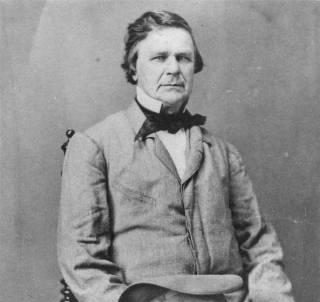
Although the books of Leary, Geib, and Tenuth include brief discussions of the modern city, the history of post-World War II Indianapolis remains largely unwritten. An attempt to begin addressing that gap is an essay by Robert G. Barrows, “Indianapolis: Silver Buckle on the Rust Belt,” which appeared in , ed. Richard M. Bernard (Bloomington, Ind., 1990). For a thoughtful, although understandably not dispassionate discussion of developments during his administration by the city’s only four-term mayor, see , (Bloomington, 1995).
Several diaries and reminiscences stand out as being particularly important for students of Indianapolis history. Among the former is the unparalleled , 9 vols. (Indianapolis: Indiana Historical Society, 1972-1983), an essential source for the antebellum city. Fletcher’s entries, which cover the years 1817 to 1866, describe both the significant and the commonplace. The editors’ superb job of annotation greatly enhances the published diary’s value. Other volumes in this genre include Howard Johnson, (Indianapolis, 1951; repr. Bloomington, 1978), in which grandson Howard tells his grandfather’s stories of pioneer life on the outskirts of the Hoosier capital (see ); and Eli Lilly, ed., (Indianapolis, 1961), a view of the city in the late 1860s by the man who later discovered ancient Troy.
The Indianapolis of the late 19th and early 20th centuries comes alive in , ed. Holman Hamilton and Gayle Thornbrough (Indianapolis, 1964); Charlotte Cathcart, (Indianapolis, 1965); and Walter B. Hendrickson, (Indianapolis, 1983). Neither diary nor reminiscence, but also useful for the turn of the 20th century, is , a historical, industrial, and commercial review of the city edited and published by that went through four editions between 1897 and 1909.
The ethnic communities of Indianapolis, although relatively small, have been the subject of considerable attention. The place to start is with James J. Divita’s , prepared in 1988 for the Indiana Division of Historic Preservation and Archaeology. Copies of this spiral-bound typescript are on deposit in the principal Indianapolis libraries. The city’s largest ethnic group is the subject of George Theodore Probst, , rev. ed. by Eberhard Reichmann (Indianapolis, 1989), while Judith Endelman has told the story of (Bloomington, 1984). The settlement houses that served some of the city’s immigrants are discussed in detail in Part I of Ruth Hutchinson Crocker’s (Urbana, III., 1991). Three M.A. theses completed at Indiana University, although now out of date, can provide a starting point for additional research: Myra Auerbach, “The Jewish Settlement in Indianapolis” (1933); Charles R. Parks and Elavina S. Stammel, “The Slavic Peoples in Indianapolis” (1930); and Mary Rigg, “A Survey of the Foreigners in the American Settlement District of Indianapolis” (1925). A recent addition to this literature is V. Danielle Wilson, “The Irish Catholic Community of Indianapolis, 1860-1890” (M.A. thesis, Indiana University, 2004).
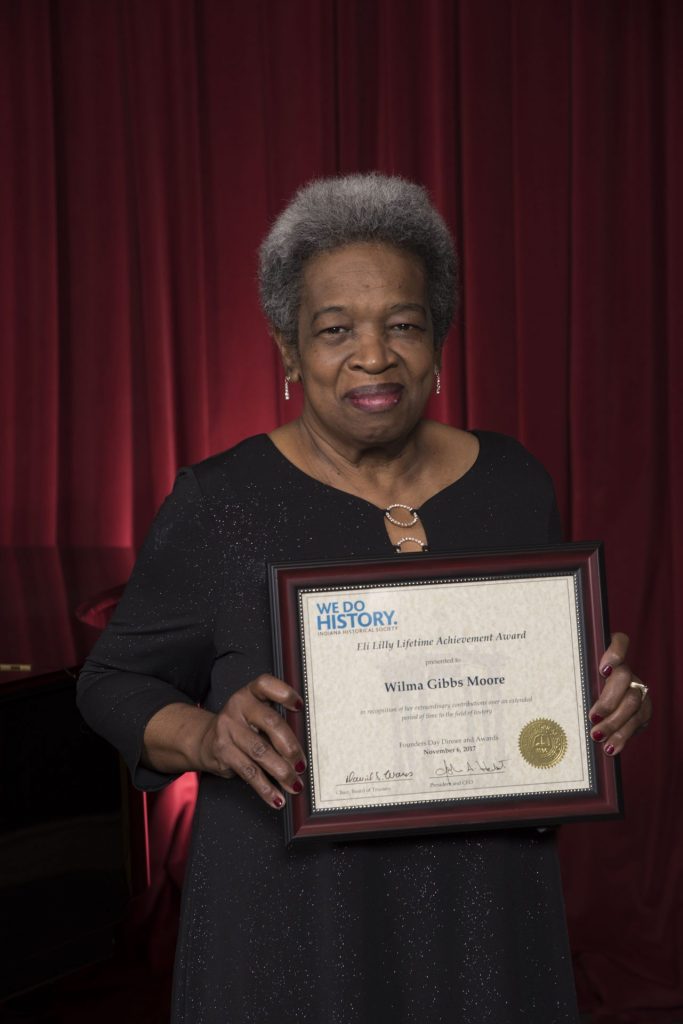
There is to date no book-length overview history of the African American community in Indianapolis. For the mid-20th century, however, see Richard B. Pierce’s excellent (Bloomington, 2005). Several articles that treat aspects of Blacks’ experience in the capital city will be found in , ed., Indiana’s African-American Heritage (Indianapolis, 1993), as well as in many of the back issues of the Indiana Historical Society’s . See, too, the relevant material in Darlene Clark Hine, (Indianapolis, 1981), as well as the material pertaining to Indianapolis in ’s (Indianapolis, 1957; repr., Bloomington, 1993) and (Bloomington, 2000).
While there is currently no general survey of the Indiana capital’s religious history, see Angelique Walker-Smith and David G. Vanderstel, eds., (Indianapolis, 2012) for a decade-by-decade study of the . An examination of post-World War II metropolitan growth and its effect on religious congregations in Indianapolis is found in Etan Diamond, (Bloomington, 2003). Mary L. Mapes explores the relationship between religious organizations’ charitable activities and public social welfare efforts in (Bloomington, 2004). Although not focused solely on the Hoosier capital, Brent Ruswick’s (Bloomington, 2013) pays considerable attention to the Indianapolis Charity Organization Society and local minister . Finally, the capstone volume in the Polis Center’s Project on Religion and Urban Culture (1996-2002), Art Farnsley, et al., Sacred Circles, Public Squares (Bloomington, 2004), is the best overview of Indianapolis religion at the beginning of the 21st century.
There are also many fine studies of individual congregations. Among the best are Eli Lilly, (Indianapolis, 1955); George Geib, (Indianapolis, 1988); and Andrea Neal and Jason Lantzer, Great is Thy Faithfulness: A Bicentennial History of Meridian Street United Methodist Church (Indiana Historical Society, 2020). James J. Divita, the preeminent scholar of the city’s Catholic community, has authored the following parish histories (all published in Indianapolis): (1969); (1981); (1984); (1992); (2000); and (2008).
Detailed and readily accessible examinations of the city’s neighborhoods are in short supply. Worthy of note because of their judicious blend of text and illustrations are David J. Bodenhamer, Lamont Hulse, and Elizabeth B. Monroe, (Indianapolis, 1992), which traces the development of the residential corridor that has been designated the North Meridian Street Historic District; Paul Diebold, (1997); and Paul Diebold, (Indianapolis, 2005).
Several specialized studies deserving mention are , (Indianapolis, 1911; repr. 1972), which needs to be updated and supplemented but remains the best brief discussion of a time in the city’s history when, as the author put it, “change was over all”; Barbara Butler Davis, ed., (Indianapolis, 2004), which presents wartime correspondence from a prominent Indianapolis family to their son; Jason Lantzer, (Indianapolis, 2017), which recounts the intriguing tale of Indiana Governor Noah Noble’s grandson, Preston Davidson, who grew up in the state’s capital but fought for the Confederacy; Ernestine Bradford Rose, (Indianapolis, 1957), which traces the evolution of Monument Circle; Jerry Marlette, (Terra Alta, W. Va., 2002), which discusses both street railway and interurban service in the city; Jeffrey Darbee, (Bloomington, 2017), a more thorough—and lavishly illustrated—treatment of the city’s railroad history than the title suggests; Wendy Gamber’s detailed examination of one of the city’s most fascinating murder mysteries, (Baltimore, 2016); of (Bloomington, 2010); and Kyle Steele’s Making a Mass Institution: Indianapolis and the American High School (New Brunswick, 2020).
Much useful research and writing about the Hoosier capital exists in the form of doctoral dissertations. Among the best general treatments are Frederick Doyle Kershner, Jr., “A Social and Cultural History of Indianapolis, 1860-1914” (Ph.D. diss., Univ. of Wisconsin, 1950) and Eva Draegert, “Indianapolis: The Culture of an Inland City” (Ph.D. diss., Indiana Univ., 1952). Somewhat more narrowly focused either chronologically or topically, but nonetheless useful, are the following dissertations all completed at Indiana University: James H. Madison, “Businessmen and the Business Community in Indianapolis, 1820-1860” (1972); David J. Bodenhamer, “Crime and Criminal Justice in Antebellum Indiana: Marion County as a Case Study” (1977, later published as a book, The Pursuit of Justice: Crime and Law in Antebellum Indiana, 1986); William J. Doherty, “Indianapolis in the 1870s: Hard Times in the Gilded Age” (1981); Robert G. Barrows, “A Demographic Analysis of Indianapolis, 1870-1920” (1977); Katherine E. Badertscher, “Organized Charity and the Civic Ideal in Indianapolis, 1879-1922” (2015); and Richard M. Ugland, “The Adolescent Experience during World War II: Indianapolis as a Case Study” (1977).
Master’s theses, although usually more narrowly focused than dissertations, also comprise a valuable body of research concerning Indianapolis. The city is home to universities that offer graduate history programs, and students in those programs sometimes conduct research on local topics. It used to be that M.A. theses were difficult to learn about and track down, but the development of electronic databases and indexes, as well as digitization, have improved accessibility. Between 1990 and 2020 history graduate students at IUPUI prepared some 30 theses that dealt with a wide variety of subjects in the capital city’s history. These include, for example: Amanda Jean Koch, “Not a ‘Sentimental Charity’: A History of the Indianapolis Flower Mission, 1876-1993” (2010); Candace Suzanne Hudziak, “’Fearless Rest and Hopeful Work’: The Arts and Crafts Movement in Indianapolis, 1890-1925” (2005); Nancy M. Germano, “A View of the Valley: The 1913 Flood in West Indianapolis” (2009); Celeste H. Jaffe, “The Spanish Influenza Epidemic in Indianapolis in 1918: A Study of Civic and Community Response” (1994); and Carol M. Wilson, “The Arsenal of Democracy Drops a Stitch: WWII Industrial Mobilization and the Real Silk Hosiery Mills of Indianapolis, Indiana” (2013). (For a listing of many though not all IUPUI History Department theses, which can be browsed by author, title, or subject, see: scholarworks. iupui.edu/handle/1805/423.)
Graduate students at and the have also examined aspects of the city’s history. Butler alumna Barbara E. Zimmer prepared “A History of the League of Women Voters of Indianapolis” (1970). Examples of UIndy students’ contributions to the capital’s historiography include Janet L. Abdoulaye, “Against the Grain: Joseph Elmer Ritter and the Desegregation of the Indianapolis Archdiocese Catholic Schools, 1937-1944” (2007); Thomas B. Browder, “Saving Shortridge High School: Race, Realignment, and the Education of Richard Lugar” (2010); Joshua C. Mathews, “Good King Richard: Gary, Indianapolis, Economic Change, and the Politics of Power during the Mayorships of Richard Hatcher and Richard Lugar, 1967-1987” (2011); and Tiffany Costley, “’Either I’ve Moved Away from Them or They Have Moved Away from Me’: Republicanism, Leadership, and Affirmative Action in 1980’s Indianapolis” (2018).
Aspects of the capital city’s history are treated in scores of journal articles, a literature too extensive to be reviewed here. The single richest source of such articles is the . There are three published indexes that cover the first 75 volumes (1905-1979).
Finally, the 1994 publication of The Encyclopedia of Indianapolis, edited by David J. Bodenhamer and Robert G. Barrows, brought together commissioned entries on the city from its founding through the early 1990s. With 20 overview essays on various topics from African Americans through Women, over 1600 entries on people, places, events, and organizations, a statistical abstract, and timeline, it represents the most comprehensive source of information on Indianapolis until the current digital encyclopedia appeared in 2021.

Help improve this entry
Contribute information, offer corrections, suggest images.
You can also recommend new entries related to this topic.